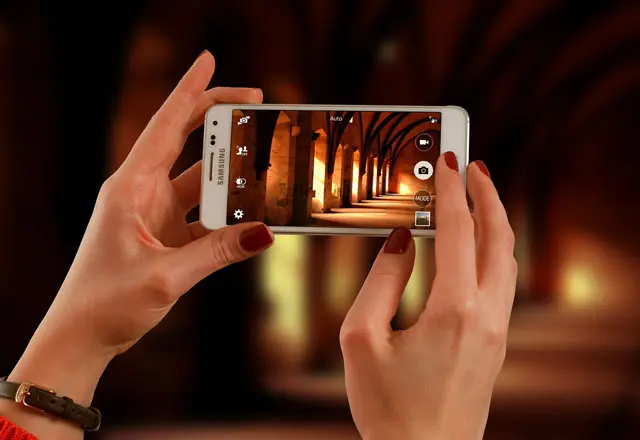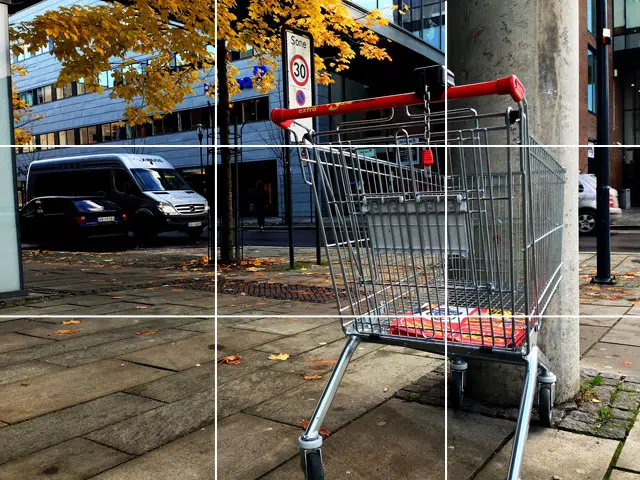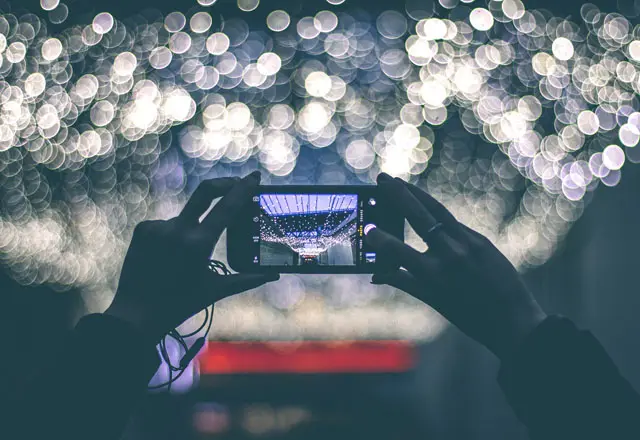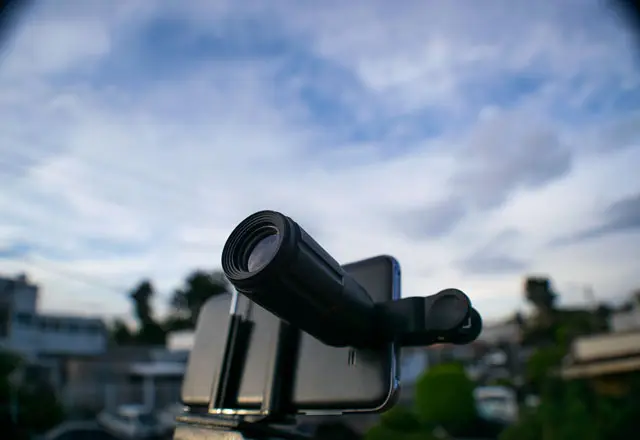Are some of the photos that you take with your smartphone less than perfect? If they are, you should know that learning some smartphone photography tips which will help you to capture better pictures with your mobile device will be a smart strategy.
It is possible to take exceptional pictures with a smartphone. However, you will need to learn some tips from the experts before you’re able to get stellar results!
The quality of your smartphone camera will factor in. Some of these mobile devices have cameras that are top-notch, while other smartphones come with budget cameras that aren’t quite as impressive. Regardless of the quality of your camera, our five tips should be enough to help you avoid the pitfalls…and produce shots that you’re proud to share!
1. Learn How to Compose Your Shots
Pro photographers know that photo composition is essential. That’s why they spend time framing their shots before they take them. The composition is about making or capturing a scene that has strong visual appeal and is likely to intrigue other people.
One helpful tip is to compose your photos by using the “rule of thirds“. Think of the display as a grid that is made up of nine different squares. You’ll need to use your imagination by visualizing grid lines between each square. After you visualize, position the most vital elements of your photograph along the lines or where the lines intersect.
There are mobile device cameras that feature these grids. You may have a grid to look at, or you may need to imagine one. If you have an iPhone, go to the Settings section, then move to “Photos and Camera” and then to “Grid“. Switch the grid on and use it to compose your shots!
#2. Pay More Attention to Lighting
Professional photographers use a lot of tools and tricks to get the lighting for their shots just right. They know that lighting is crucial. With a camera phone, you should focus on putting your subjects in positions where they are facing the light.
Sometimes, mobile device cameras don’t perform well in low lighting conditions, although the technology for smartphone cameras has gotten a lot better over the years. When you put as much light as you can on the subject, you’ll get better results.
3. Think About Shutter Speed
Typical cameras for smartphones allow users to adjust exposure by tapping the photo subject via the display screen. This tapping movement should also initiate focus adjustment. If you want to take wonderful photos, learning how to adjust settings (such as shutter speed) by hand will be very helpful.
Shutter speed will control the duration of time that light hits the camera’s sensors. When a shutter speed is longer, the image should be brighter. However, when the shutter speed is longer, there is a greater chance of blurring due to movement.
4. Use Depth of Field to Your Advantage
When taking pictures, understanding what depth of field is and how to use it to your advantage will be beneficial. The depth of field is utilized to get interesting effects and to draw the eyes of viewers to particular elements in pictures.
You may adjust the depth of field to keep focus crisp and sharp all through an image or use it to highlight one aspect of your photo (by blurring the background).
Usually, smartphone photographers experiment with depth by adjusting the F-stop or aperture setting. They reduce or increase the depth of field to get the desired effects. High-end smartphone cameras, such as the cameras on the new iPhone X, will typically provide smartphone photographers with tools that make it simple for them to adjust depth with ease.
The iPhone X has a TrueDepth feature which is very useful in selfie mode. As well, the rear cameras on the high-tech iPhone X make it simple to achieve a pro-quality depth of field and to play around with different depths. So, the quality of your camera will factor in.
5. Invest in Some Accessories
Cameras for smartphones are evolving rapidly in terms of technology. They are becoming so good that they are on a par with point-and-shoot cameras, or close to being on a par with them.
Choosing the right accessories for your smartphone camera will be a great way to optimize your results, so they rival what you’d get from using a point-and-shoot camera!
Gadgets to consider include flashlights that clip onto pockets, which help smartphone photographers to offset the mediocre flash performance of their mobile device cameras, and lenses which can slip over the built-in lenses of smartphone cameras, to get cool effects, such as “fish-eye” pictures.
It’s possible to access lens accessory packages which offer a trio of options or more, via just one accessory. These multi-purpose lens accessories mean that smartphone photographers don’t need to switch lens accessories as often.
Final Thoughts
These tips are really practical. They work wonders. Use one or all of them to capture better photos with your phone.
One last tip is to learn as much about the camera on your smartphone as you can. There should be lots of information about your particular smartphone camera online. The more you know about it, the easier it will be to make adjustments that lead to superb photographs.
This is a guest contribution by Sam Fischer at Iconic Camera, an online photography resource aimed at helping anyone take amazing photos whatever the scenario (or your equipment). Follow Sam on (Pinterest).
















